Over the past week, I have seen a flurry of writing about Pew Research Center’s study on American Jews. Several scholars and communal leaders have taken an alarmist stance toward the findings, calling the increasing rate of intermarriage “devastating” and describing non-Orthodox Jews as “demographically challenged.” As an adviser to the Pew study and researcher of American Jewish communities, I would like to offer a more optimistic analysis.
Some of the articles have looked for the most dramatic findings to report. The Forward focused on the fact that in 1957, Jews made up 3.4 percent of the U.S. population, compared to 2.2 percent today. This decrease can be explained by the steady streams of mostly non-Jewish immigrants from Latin America and around the world, which have increased the U.S. population at a higher rate than the Jewish population. To quote the Pew report, “The number of adult Jews by religion rose about 15 percent over the last half century, while the total U.S. population more than doubled.”
So how many Jews are there? It depends on how you count. The study estimates that there are 8 million people in the United States who are willing to tell a phone interviewer that they are fully or partly Jewish. But many of those are also Christian or have no Jewish ancestry and have not converted. The researchers realized that different readers would want to apply different definitions, so they provided a handy calculator where we can check off boxes and come up with our own estimate. (Missing from that tool is a halachic definition: There are no checkboxes for having a Jewish mother and/or conversion.) If we include only people who say they are Jews and do not also subscribe to another religion, we find 6.7 million. Just people who say their religion is Jewish (called “Jews by religion”): 5.1 million. No matter how you calculate our population, we still have an impressive representation.
The New York Times and other venues reported a 71 percent rate of intermarriage among non-Orthodox Jews, a number I have already heard discussed with concern in various Jewish circles. I contacted the Pew researchers to verify this statistic, as it does not appear in the report. It is accurate (actually, it’s 71.5 percent), but it is a bit misleading. First, it includes only people who have married since 2000 and whose marriages are still intact. Second, it includes Jews of no religion. The sample size was too small to calculate the percentage of non-Orthodox Jews by religion who have married non-Jews in the last 13 years. But if we look at all Jews by religion, we find the recent intermarriage rate at 50 percent (marriages from 2000 to 2004) and then 45 percent (2005-2013); note the drop in the last several years. Third, these calculations include many people who themselves have mixed ancestry. If we look only at Jews with two Jewish parents — common practice in demography, as my colleague Bruce Phillips has explained — we find the intermarriage rate is 37 percent, compared to a whopping 83 percent of those with only one Jewish parent. I asked Pew to calculate the intermarriage rate for non-Orthodox Jews with two Jewish parents, and they complied: 43 percent. Again, the sample is too small to divide these results by year of marriage or even age, but it is clear that the “intermarriage rate” can vary widely depending on how it is calculated.
Instead of bemoaning or even debating the numbers, an alternative response to the survey would be to marvel at the fact that so many Jews still marry other Jews. We live in an age of acceptance: Not only are Christians willing to marry Jews, many (an estimated 800,000) feel so connected to Jews or Judaism that they tell a phone interviewer that they are Jewish, even if neither of their parents is Jewish. Why don’t the vast majority of Jews marry non-Jews? I would suggest it is because synagogues, schools, youth groups, Hillels and other Jewish organizations are creating opportunities for Jews to get to know other Jews.
According to conventional wisdom, Jewish organizations are no longer touching most Jews. The survey finds the opposite: 58 percent of all Jews report that they attend Jewish religious services at a synagogue or other place of worship at least a few times a year. There is little difference among age groups in synagogue attendance.
We see similarly high numbers for Jewish education: 67 percent of respondents participated in some kind of formal Jewish education. And when we look at Jewish day school attendance — the most exclusive and demanding form of Jewish education — we see an increase based on age: Only 17 percent of those 65 and older attended day school, compared to 35 percent of those 18-29. (Note that these statistics include many people of mixed ancestry, and the numbers for “Jews by religion” are significantly higher.)
Synagogues, schools and other organizations are, it seems, succeeding in fostering friendships among Jews: 79 percent of Jews say that at least some of their close friends are Jewish. Interestingly, this is the only item for which the report mentions regional differences. In the West, only 67 percent say that at least some of their close friends are Jewish, compared to 77 percent in the Midwest and South and 85 percent in the Northeast. These numbers are likely much higher in densely Jewish parts of Los Angeles, but to confirm this we’ll need to wait for the next (much-needed) L.A. Jewish Population Survey.
To sum up, yes, the report finds that the Jewish population is changing. Boundaries between Jews and non-Jews have become more porous, and Jews continue to marry the people they love, whether or not they are Jewish. This trend may lead to decreasing numbers of non-Orthodox Jews in the future. But the numbers seem less alarming with a bit of explanation. The Pew study clearly shows that we are still a robust and vibrant community, numbering in the millions — no matter how you count.
Sarah Bunin Benor is Associate Professor of Contemporary Jewish Studies at Hebrew Union College-Jewish Institute of Religion’s School of Jewish Nonprofit Management and Louchheim School for Judaic Studies at USC.






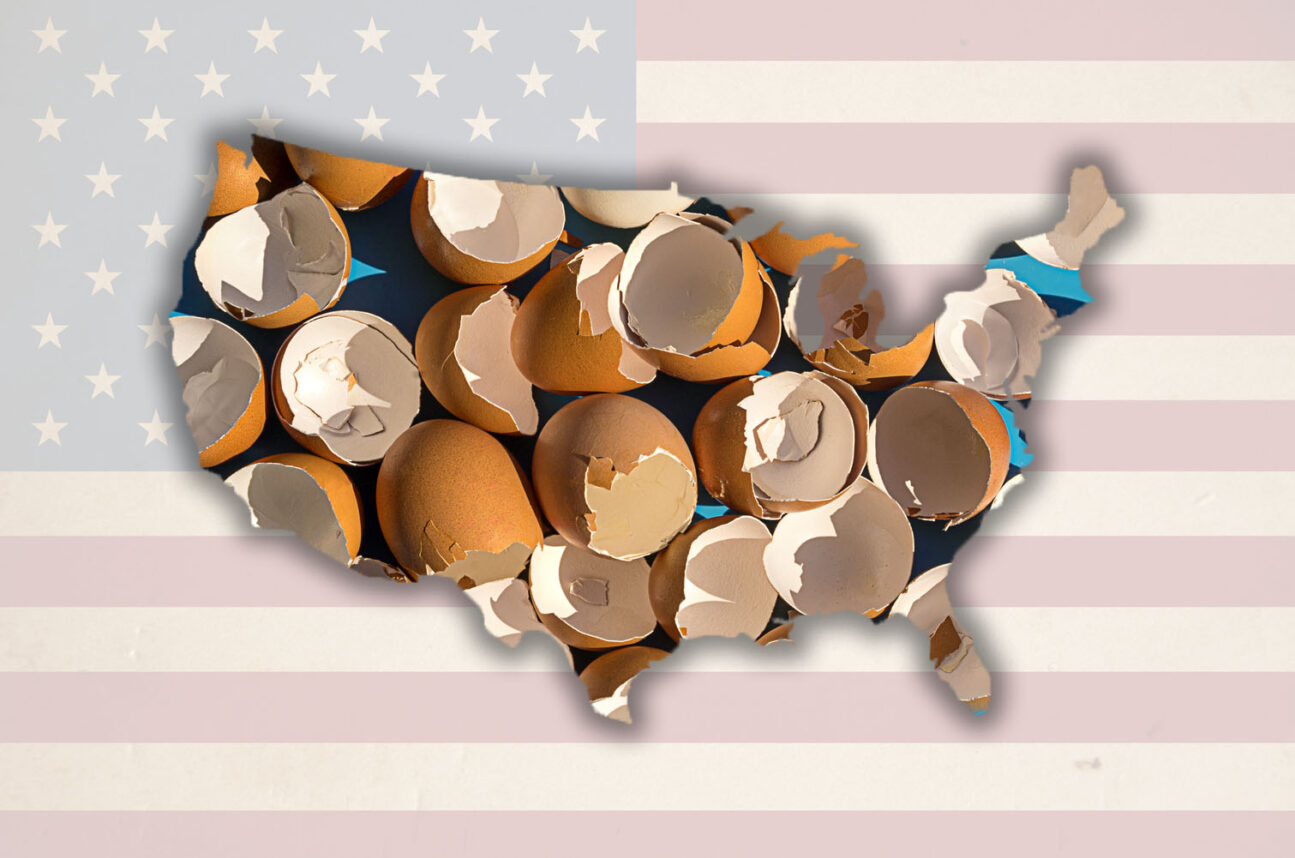

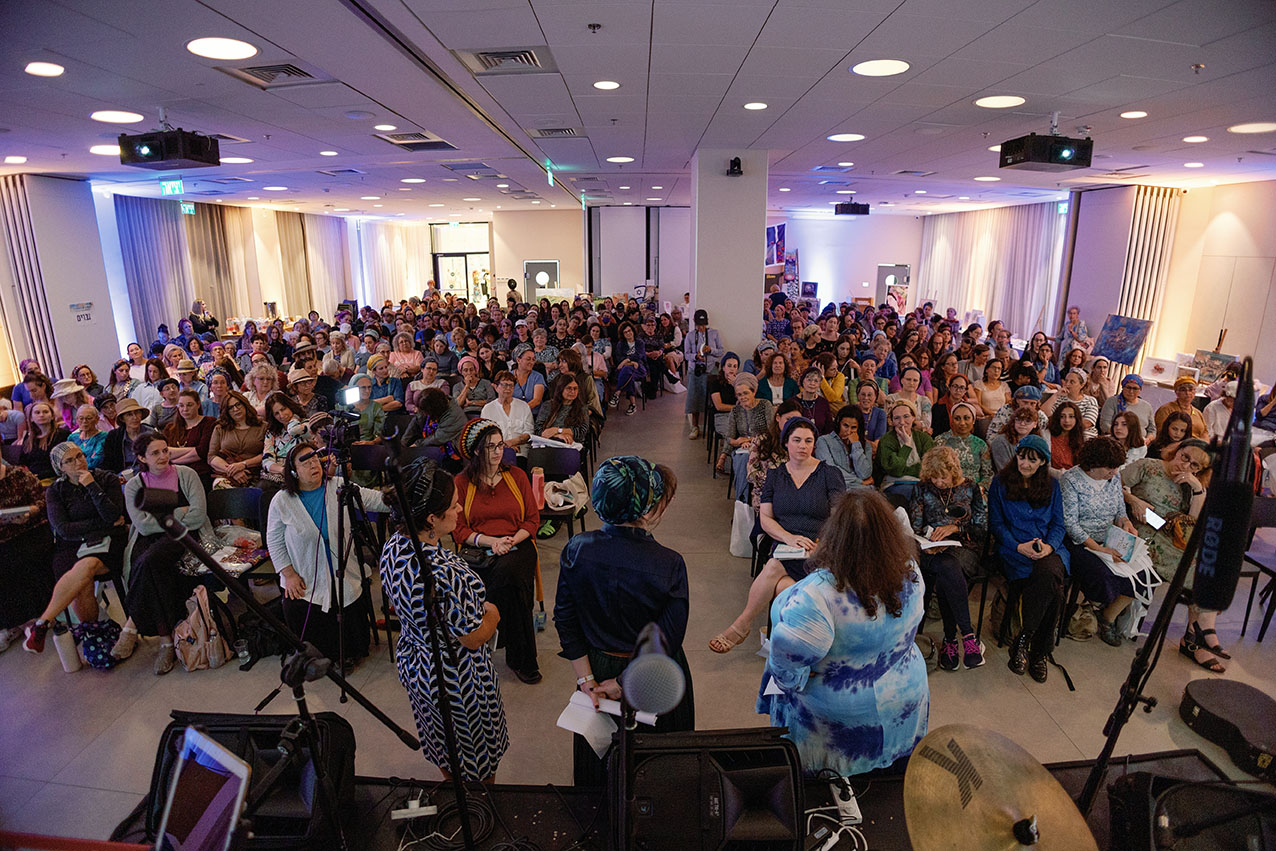
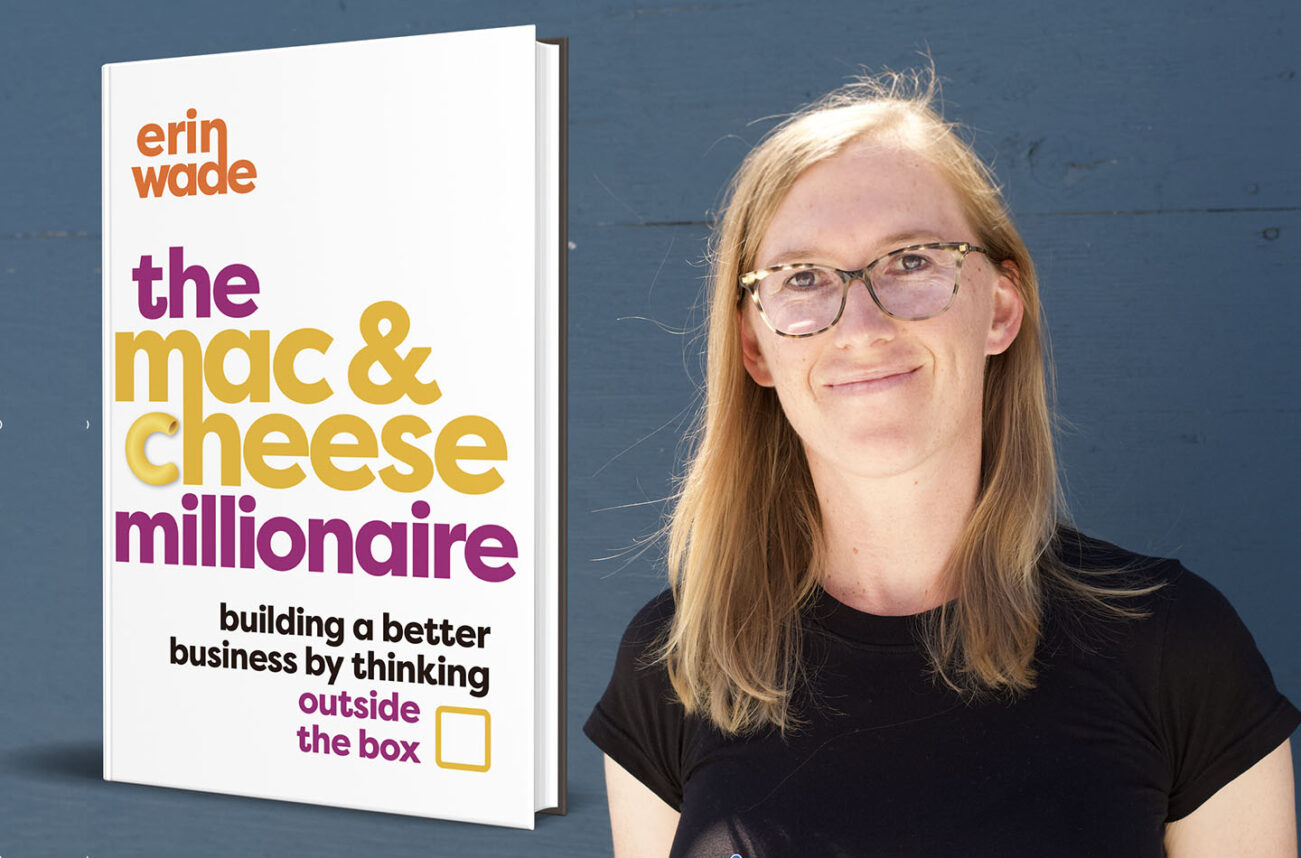
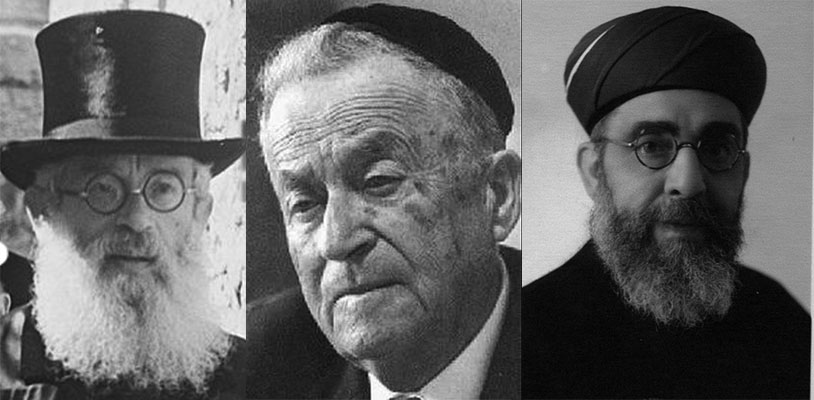
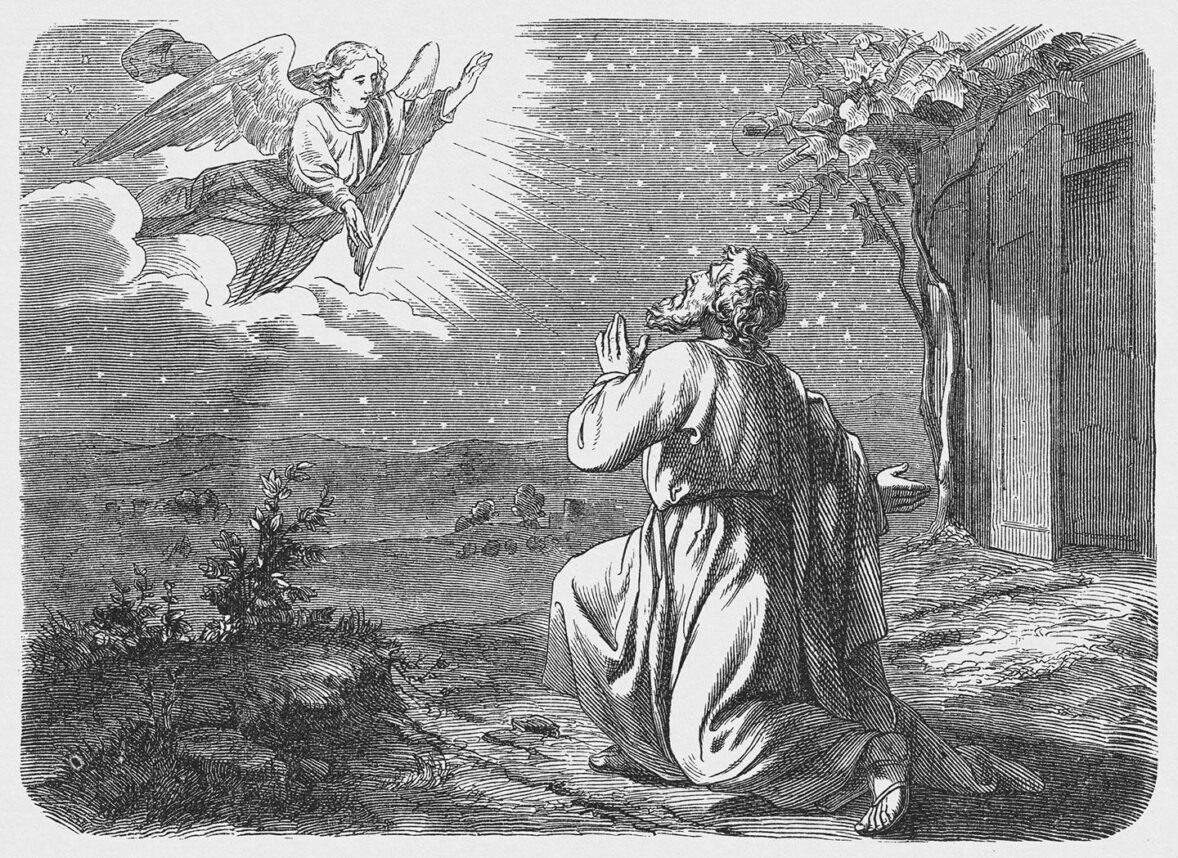
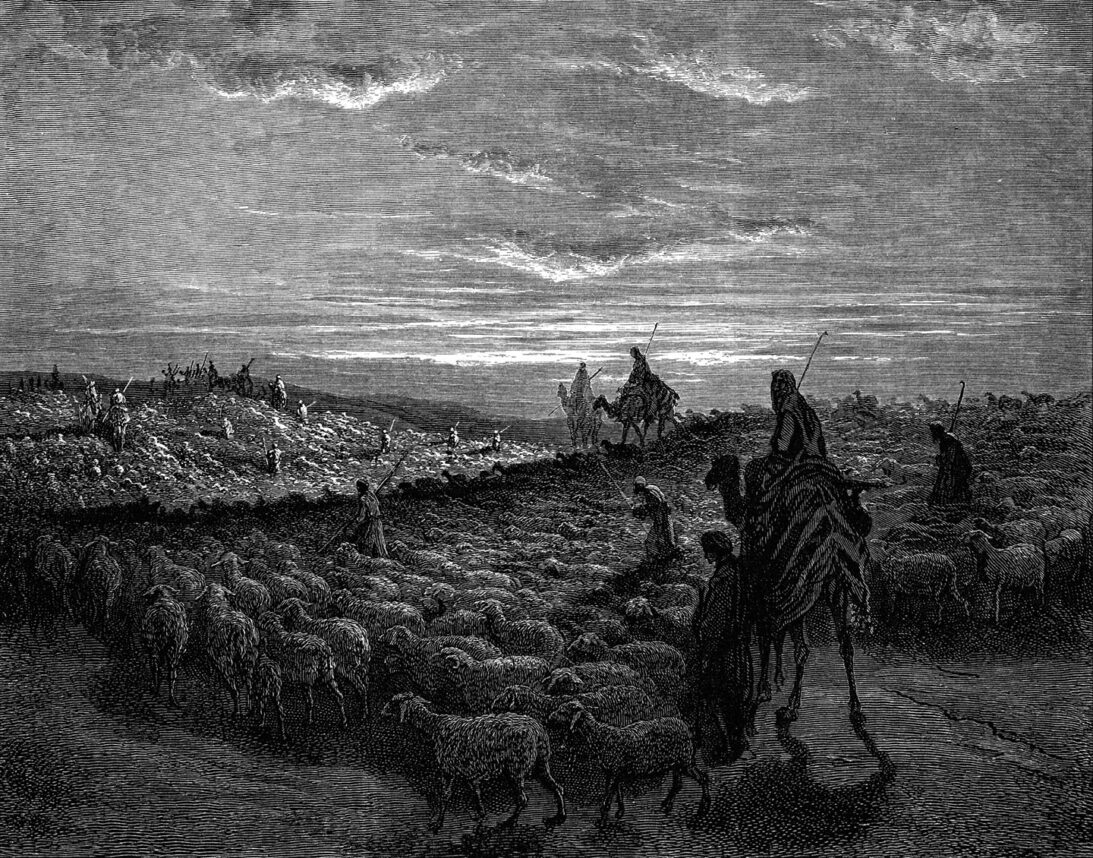
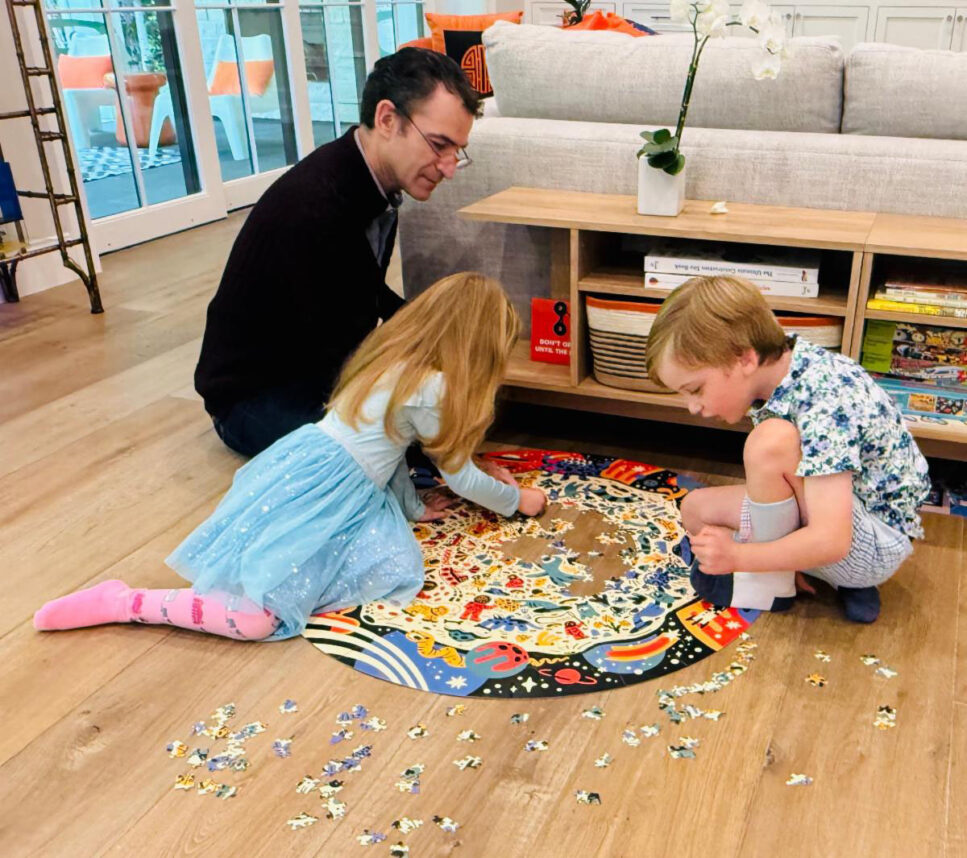

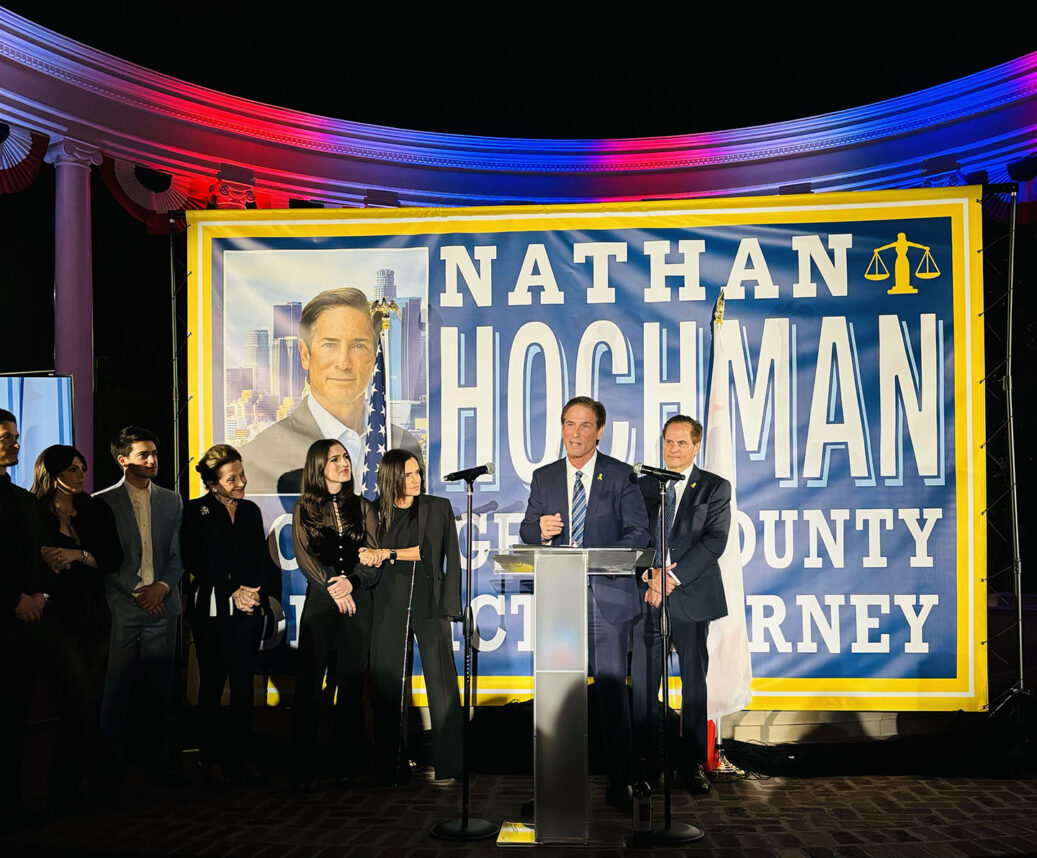




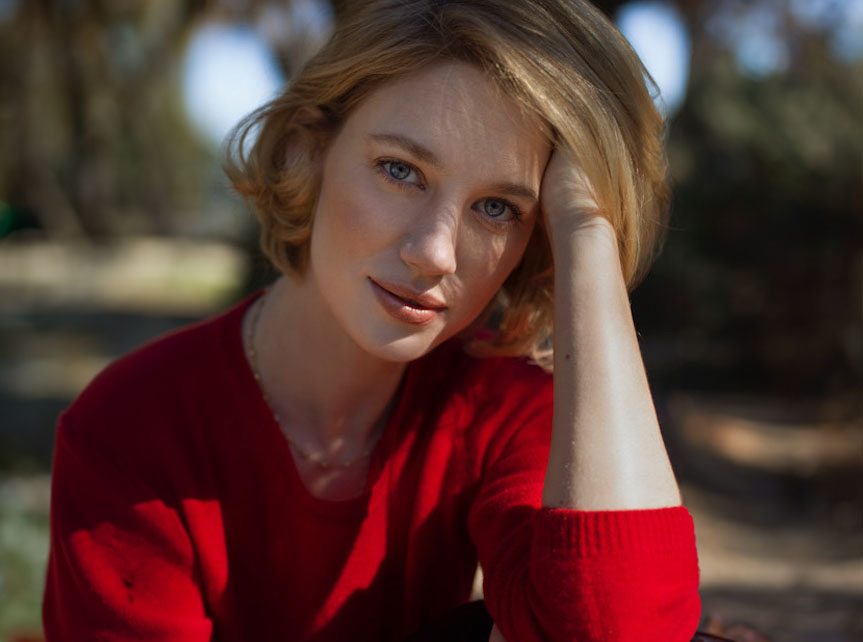
 More news and opinions than at a Shabbat dinner, right in your inbox.
More news and opinions than at a Shabbat dinner, right in your inbox.